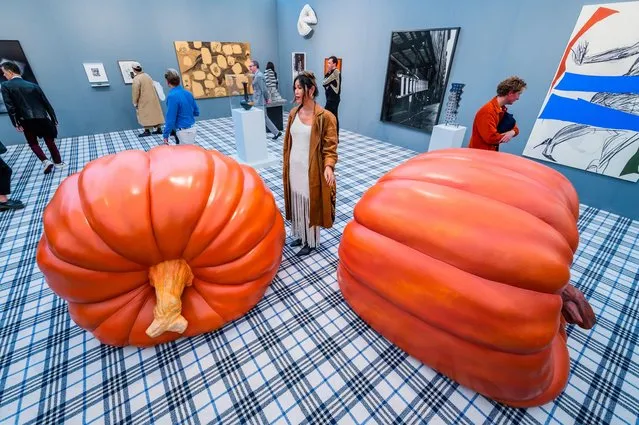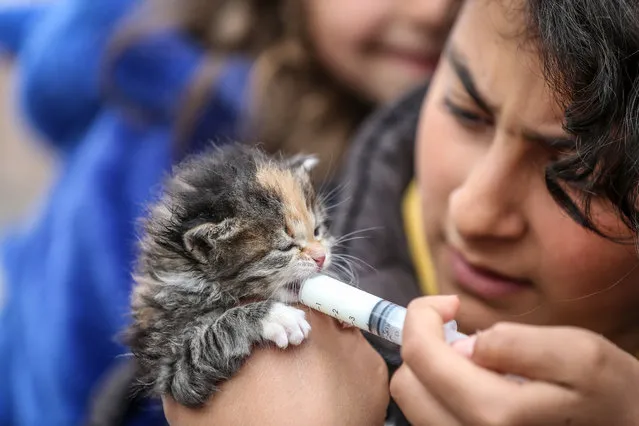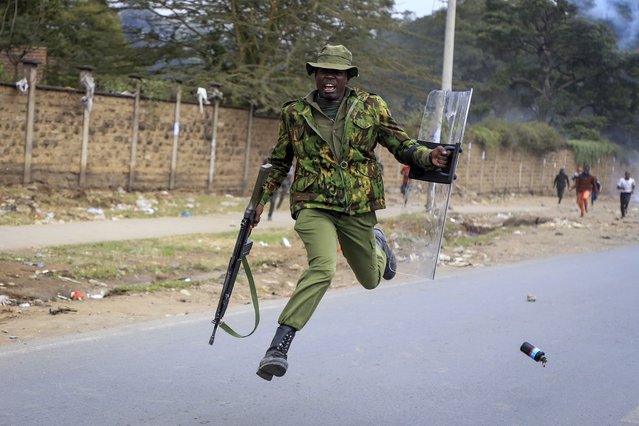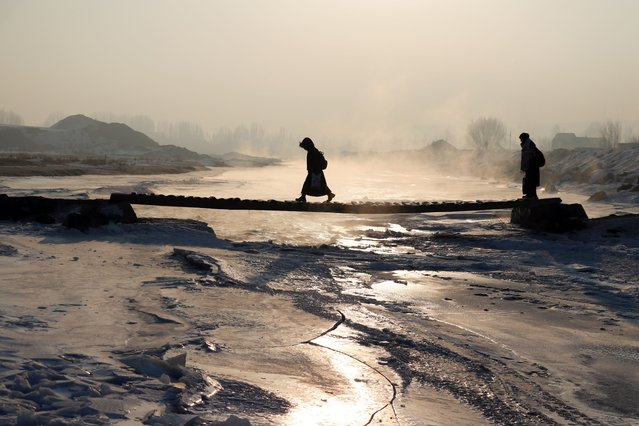
Girls play with live Teacup pigs, a rare pet in the country, at the start of celebrations leading to the Lunar New Year, Friday, February 1, 2019 at Lucky Chinatown Plaza mall in Manila, Philippines. The upcoming Year of the Pig represents abundance, diligence and generosity. (Photo by Bullit Marquez/AP Photo)
05 Feb 2019 00:05:00,post received
0 comments







